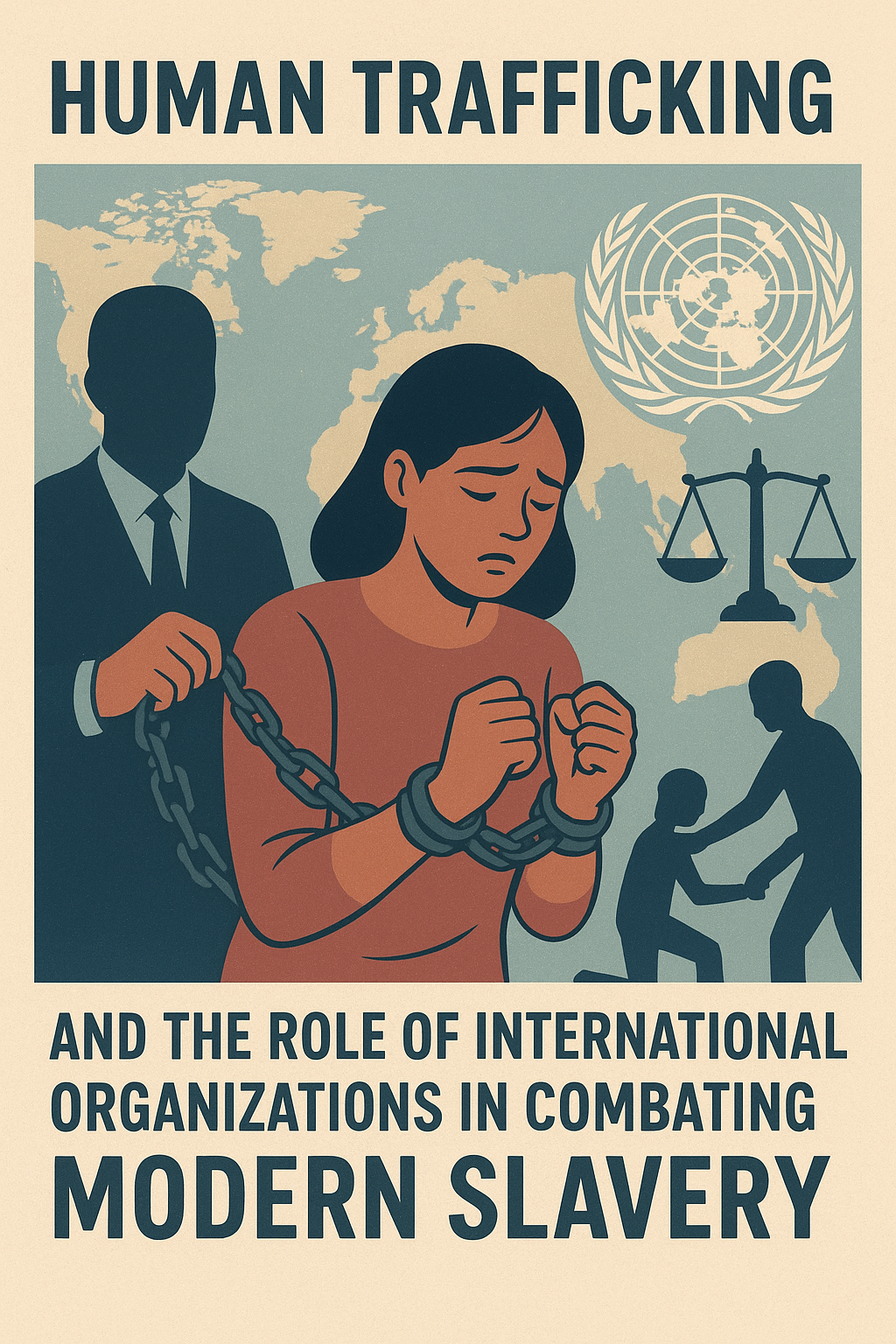How a 70-year-old labor law adapted to the digital age and India’s service economy
Introduction
The Industrial Employment (Standing Orders) Act, 1946 was a cornerstone in India’s labor law framework. Designed for a largely manufacturing-based economy, it provided standardized rules regarding employment conditions, worker classification, and conduct. But as India transitioned into a global IT and service powerhouse, the law needed a modern touch.
Enter the 2016 Amendment—a timely upgrade that extended protections to new-age sectors like BPOs, startups, e-commerce, and more. It marked a conscious effort to align labor laws with contemporary work culture—remote working, gig economy dynamics, and a more mobile workforce.
India’s workforce is no longer confined to factory floors. Today, it spans open-plan tech offices, call centers, and cloud-based startups. The amendment reflects this evolution, ensuring legal inclusivity, procedural fairness, and ease of compliance across a diversified economy.
Timeline & History: From Industrial Foundations to Digital Adaptation
1946 – The Birth of the Act
The Industrial Employment (Standing Orders) Act was enacted during the final years of British colonial rule to regulate conditions of employment in industrial establishments. Its objective was to minimize disputes by mandating uniform, written employment terms, bringing transparency to factory workforces.
Key Focus: Manufacturing sector, particularly textile mills, steel factories, and other industrial units.
1950s–1970s – Judicial Backing and Growing Unionism
Landmark judgments during this period (like Western India Match Co. Ltd. vs. Workmen) gave teeth to the Act. Trade unions leveraged certified standing orders to challenge arbitrary employer actions, embedding procedural fairness in India’s industrial relations system.
1980s–1990s – Technological Entry, but Legal Lag
As India began automating industries and saw the rise of ITES (Information Technology Enabled Services), the Act still remained largely confined to physical factory floors. Employers in new sectors found the law irrelevant or cumbersome.
2000s – Rise of Startups, BPOs, and Service Sector Boom
Post-liberalization, India’s economy pivoted towards the services sector. Startups, IT companies, call centers, and consultancies grew rapidly—but remained outside the scope of standardized employment codes.
Problem: Legal vacuum for service workers; ambiguity on terms like misconduct, probation, or notice periods in non-factory jobs.
2016 – Game-Changing Amendment
The government amended the Act to extend its scope to service sector establishments. Key features included:
- Introduction of Fixed-Term Employment
- Model Standing Orders for IT & service sector
- Remote-friendly and flexible structures
Impact: Created a level playing field for blue- and white-collar employees in terms of fairness, benefits, and accountability.
2020s – Towards Unified Labor Codes
As part of India’s labor reform initiative, the Code on Industrial Relations, 2020 aims to subsume this Act along with others like the ID Act, continuing the spirit of modernization while simplifying compliance.
Here’s a crisp comparison of the original Act vs. the amended version.
1. Classification of Workmen: Old Roots, New Branches
Then (1946):
Workers were grouped into:
- Permanent
- Temporary
- Casual
- Badli (substitute)
- Apprentice
- Probationer
This helped determine job security and legal entitlements.
Case Laws:
M. Venugopal vs. Divisional Manager, Life Insurance Corporation of India (1994)
The Supreme Court held that classification matters, especially when assessing the legitimacy of termination or denial of benefits.
Now (2016):
- Introduced Fixed-Term Employment (FTE) — legally recognized category.
- Ensured FTEs receive the same benefits (e.g., PF, ESI, leave) as permanent employees, excluding retrenchment benefits.
- Extended these categories to service-sector workers for the first time.
More inclusivity for contract workers and tech professionals.
2. Conditions of Employment: Structure with Flexibility
Then:
Standing Orders required clear mention of:
- Working hours
- Shifts
- Leave policies
- Holiday schedules
Case Laws:
Bharat Electronics Ltd. vs. Industrial Tribunal (1990)
The tribunal ruled in favor of workers when the employer made changes to shift timings without giving due notice, violating certified standing orders.
Now:
- Maintained all existing norms
- Introduced flexible and remote-friendly formats in the service sector
- Encouraged advance notice for any change in conditions
Better adaptability for startups and digital workplaces.
3. Conduct & Misconduct: Discipline Meets Due Process
Then:
Misconduct examples included:
- Insubordination
- Theft
- Habitual absenteeism
With guarantees like: - Fair inquiry
- Right to defense: Ensured fair domestic enquiry before punishment
Case Laws:
Managing Director, ECIL vs. B. Karunakar (1993)
The Supreme Court ruled that denial of opportunity to be heard in a disciplinary process violated principles of natural justice.
Now:
- Applied same principles to new sectors
- Encouraged digital records and internal grievance policies
- Emphasized professional code of conduct tailored to service environments
Culture-specific accountability for IT and knowledge-based industries.
4. Termination & Disciplinary Action: Rights During Exit
Then:
- Clear rules for suspension, dismissal, and retrenchment
- Mandatory notice period and appeal rights
Case Laws:
Indian Iron & Steel Co. Ltd. vs. Their Workmen (1958)
The Court emphasized that termination must follow prescribed procedure, and any deviation would render it invalid.
Now:
- Extended same protections to Fixed-Term Employees
- Made exit policies clear for service sector workers
- Encouraged structured redressal forums within companies
Greater security for short-term and tech-industry workers.
5. Model Standing Orders & Certification: Simpler, Smarter Compliance
Then:
- Employers had to draft standing orders and get them certified
- Displayed in English & regional language
Case Laws:
Western India Match Company Ltd. vs. Workmen (1973)
Held that once Standing Orders are certified, they become binding and override inconsistent terms in appointment letters or contracts.
Now:
- Introduced Model Standing Orders for Service Sector
- Allowed ready-made templates for startups to adopt
- Maintained the certification and display requirement
Hassle-free legal compliance for small businesses.
6. 2016 Amendment Highlights at a Glance
| Feature | Pre-2016 | Post-2016 |
| Fixed-Term Employment | Not defined | Legally recognized |
| Sector Coverage | Manufacturing only | Includes service, IT, startups |
| Model Orders | Generic only | Tailored for service sector |
| Flexibility | Rigid structure | Remote-friendly and shift-based roles |
Conclusion: Bridging the Legal Gap Between Factories and Future Workspaces
The Industrial Employment (Standing Orders) Act, 1946, was once seen as a law for blue-collar jobs. But the 2016 amendment proved its resilience and adaptability by embracing white-collar service roles in India’s tech-driven economy.
Supported by landmark court rulings, the evolution of this Act ensures that clarity, fairness, and due process now extend across sectors—from the factory floor to fintech firms.
BY – B Kripiya Sharma
4th year
B.A.,LL.B(Hons)




